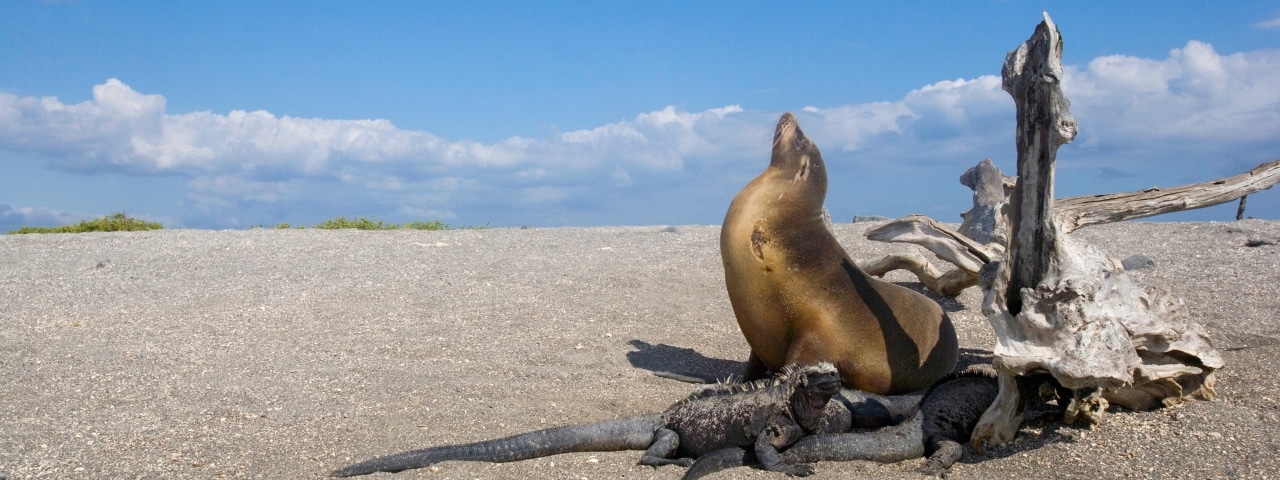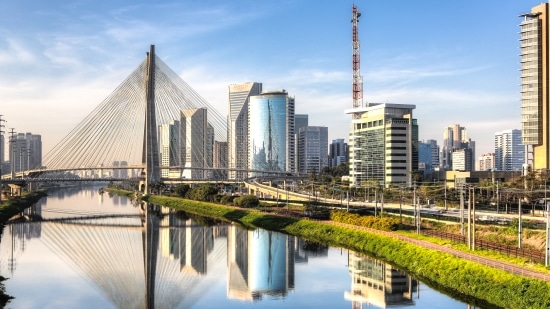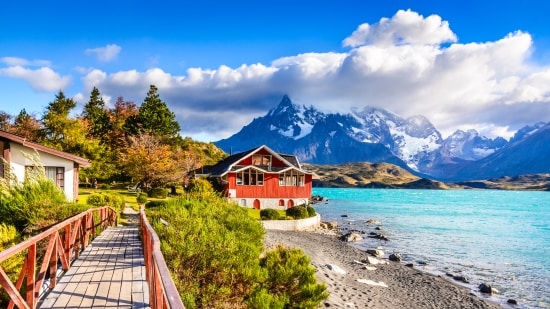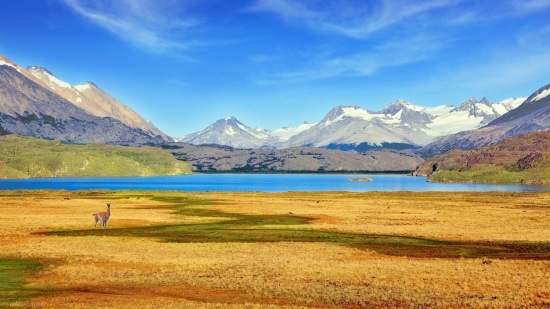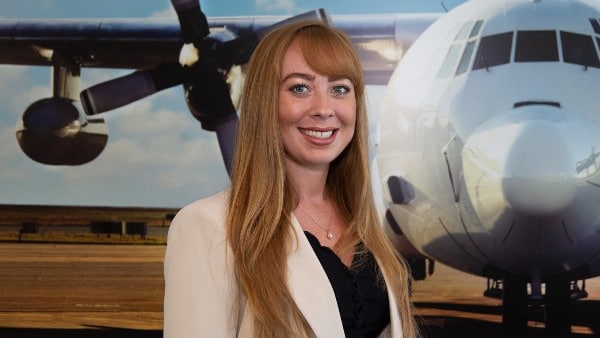Private jet charter and flights to Galápagos Islands
There’s nowhere on Earth quite like the Galápagos Islands. This remote archipelago spans the equator approximately 600 miles from the coast of Ecuador, sitting high on the bucket list of nature lovers and wildlife watchers thanks to its other-worldly landscapes and endemic species.Experience it all: request a private jet charter quote from Air Charter Service to Galápagos Islands.
The name Charles Darwin is synonymous with the Galápagos. The renowned English naturalist is the islands’ most famous visitor and their unique species played a large part in inspiring his theory of evolution by natural selection. In some ways, it seems as if little has changed in the 180 or so years since Darwin arrived on these shores on the HMS Beagle. Yes, the main islands are now built up, there are a lot more ships sailing from island to island and some subspecies have become extinct; but you’ll still come face-to-face with many of the same animals Darwin studied long ago.
There are two main ways of exploring the Galápagos National Park – by land or by sea. Most visitors join a week-long cruise, which range in size from about 20 to 100 guests with some incredible luxury options. Due to strict conservation restrictions, ships can’t follow the same route week after week and most rotate two different week-long itineraries, allowing visitors staying for two weeks to explore a variety of destinations. Alternatively, you can stay on-land and head out on guided day-long excursions from your chosen accommodation. You won’t be able to travel as far or see as much, but it’s a good alternative if you’re not keen on spending a week or so at sea.
The largest of the islands is Isabela, which covers 1,790 square miles and is bigger than all the others combined. The most populated island, centrally-located Santa Cruz, is home to the main town Puerto Ayora. There are a further 11 ‘main’ islands (those with an area of over four square miles) and a number of smaller islands and tiny islets. Each main island has its own atmosphere and landscapes; some even have their own endemic species.
Isabela sits in the western reaches of the archipelago and is the only Galápagos Island to span the equator. The vegetation here is unique, as the lava fields are still too young to sustain life, and the wildlife is wonderfully abundant. You’re likely to spot several subspecies of the giant Galápagos tortoise as well as Galápagos penguins – the only penguin species that reaches the waters of the Northern Hemisphere. Fernandina is the youngest island, most famous for the alien-esque marine iguanas that bask on the volcanic rocks to warm their bodies. You can even swim or snorkel with these fierce-looking creatures as they dive for algae. Thanks to the nearby upswelling of the nutrient-rich Cromwell Current, the waters surrounding these western islands are also home to an array of marine species such as whales, dolphins and penguins.
San Salvador (also known as Santiago) and Santa Cruz sit at the heart of the group, with a number of smaller islands such as Baltra (the main transport hub), Rabida and Santa Fe within easy reach. Santa Cruz’s highlights include the Charles Darwin Station, which details the history of the islands, and the lava tunnels and Twin Craters or Los Gemelos in the highlands, which were created by the collapse of underground chambers.
To the east are the islands of San Cristobal and Española. The former is where Charles Darwin first came ashore, while the latter is the oldest island in the group and also beautifully remote. San Cristobal is prized for its beaches, particularly the sweeping white sands of Puerto Chino where you might be lucky enough to see sea lions and turtles – walk inland and you may also spot an iconic blue-footed booby. Española is a particular favourite with ornithologists, thanks to endemic bird species such as the Española mockingbird and swallow-tailed gull. Further west is Floreana, the site of the famous Post Office Bay where whalers and sailors once left mail in a wooden barrel to be delivered by ships travelling back to Europe. To this day, guests can put their post in a barrel and rely on fellow visitors to pick it up and deliver it by hand.
Pinta, Genovesa and Marchena occupy a remote setting to the north of the other main islands and aren’t as commonly visited. Genovesa is the only northern island regularly visited by cruise ships heading north from Santa Cruz. Nicknamed “Bird Island”, it’s home to some of the region’s most famous bird species including red-footed and Nazca boobies, lava herons, swallow-tailed gulls and frigates. The island’s rugged sea cliffs create the perfect nesting sites, which can be seen on cruises along the coast.
However you travel and wherever you visit, remember to follow the rules of the Galápagos National Park – which include only exploring in the company of a registered and knowledgeable guide, never straying from the path and not approaching the wildlife. Never has the adage ‘leave no trace’ been more important than in the Galápagos.
There are three airports in the Galápagos Islands. These are located on Isabela Island, Baltra and San Cristobal and can be reached in just over two hours from the city of Quito on mainland Ecuador. Simply contact our team and we’ll arrange everything you need to charter a private jet to Galápagos Islands.
